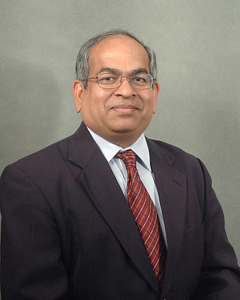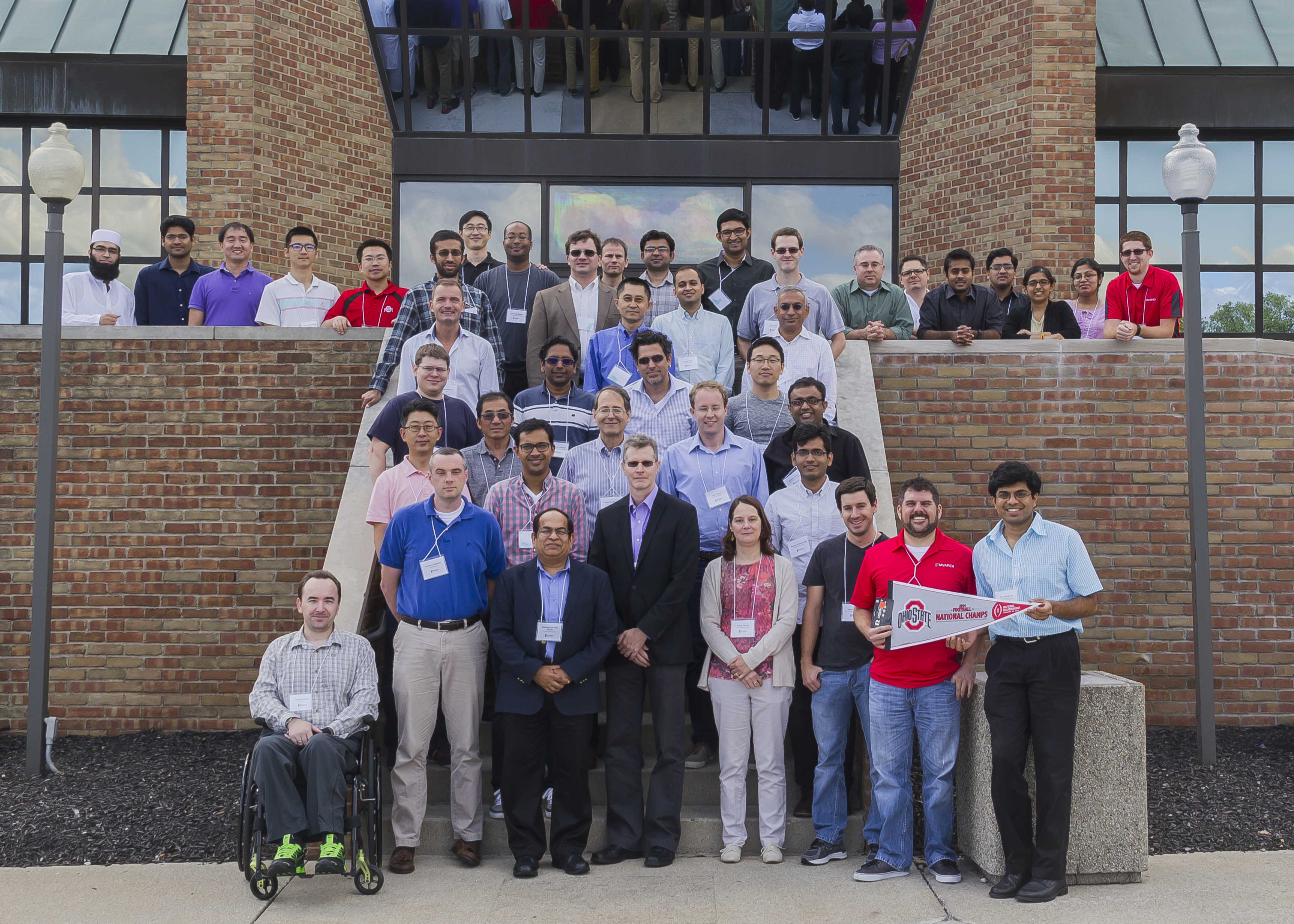A broad array of system administrators, researchers, engineers and students who share an interest in the MVAPICH open-source library of high performance computing communications standards gathered at the Ohio Supercomputer Center (OSC) Aug. 19-21 for the third meeting of the MVAPICH Users Group (MUG).

The Network-Based Computing Research Group led by Dhabaleswar K. “DK” Panda, Ph.D., a professor of computer science at The Ohio State University, developed and continually enhances the popular HPC system software package. Panda is a longtime consumer of OSC computing resources and partners closely with OSC on several research projects.
“Dr. Panda is a world-renowned expert in HPC communications circles, and partnering with his research group on this meeting offers OSC access to not only his research, but also that of his colleagues,” said Karen Tomko, Ph.D.,
The three-day MUG program provided an open forum for all attendees to discuss and share their knowledge on using MVAPICH with large-scale systems and for a diverse set of applications. The program featured talks from high performance computing experts at many organizations: Baidu, Dell, Georgia Institute of Technology, Intel, Mellanox Technologies, Northeastern University, NVIDIA, Lawrence Livermore National Laboratory, Ohio State, Pacific Northwest National Laboratory, San Diego Supercomputer Center, Systap, Texas Advanced Computing Center, the University of Michigan and the University of Tennessee.

MVAPICH2 is a popular open-source implementation of the MPI-3 standard prevalent on InfiniBand-based systems. Message Passing Interface (MPI), the lingua franca of scientific parallel computing, is a standard for the communications library that a parallel application uses to share data among tasks and is available on a variety of parallel computer platforms. On the hardware side, InfiniBand is a widely used processor-interconnect architecture favored for its open standards and high performance.
In addition to OSC’s HP-Intel Ruby and Oakley Clusters and its IBM 1350 Glenn Cluster, MVAPICH is powering several of the world’s fastest supercomputers, including the Stampede system at the Texas Advanced Computing Center at The University of Texas at Austin; the Pleiades array at the NASA Advanced Supercomputing facility at Ames Research Center near Mountain View, Calif.; and Tsubame 2.0 cluster at the Global Scientific Information and Computing Center at the at Tokyo Institute of Technology.
This year’s MUG meeting was sponsored by OSC, Mellanox and Ohio State. For more information on the meeting, please visit http://mug.mvapich.cse.ohio-state.edu.
The Ohio Supercomputer Center (OSC), a member of the Ohio Technology Consortium of the Ohio Department of Higher Education, addresses the rising computational demands of academic and industrial research communities by providing a robust shared infrastructure and proven expertise in advanced modeling, simulation and analysis. OSC empowers scientists with the vital services essential to make extraordinary discoveries and innovations, partners with businesses and industry to leverage computational science as a competitive force in the global knowledge economy, and leads efforts to equip the workforce with the key technology skills required to secure 21st century jobs. For more, visit www.osc.edu.
The Network-Based Computing Research Group at The Ohio State University is led by Dr. Dhabaleswar K. Panda and investigates modern networking technologies, including InfiniBand and 10GE/iWARP. The group is currently collaborating with National Laboratories and leading InfiniBand and 10GE/iWARP companies on designing various subsystems of next generation high-end systems. For more, visit nowlab.cse.ohio-state.edu.